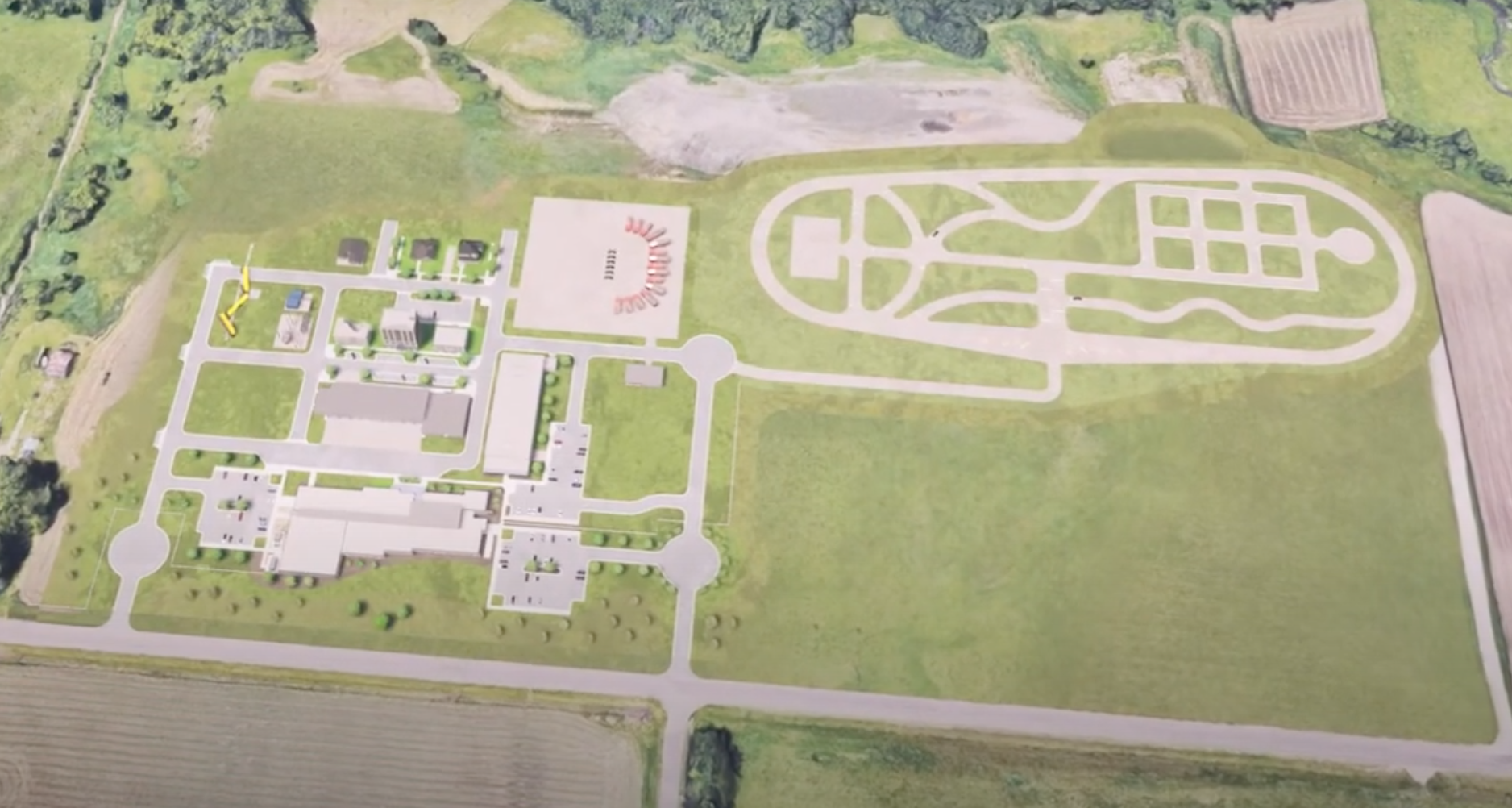Simplified: Sioux Falls is spending $55 million on a new state-of-the-art public safety training center set to open later this year. Here's a look at what the new campus will bring to town.
Why it matters
- The facility is more than five years in the making – starting with a master plan for public safety back in 2018 and a $50 million bond approved in 2020. It'll house training facilities and offices for the police department, Sioux Falls Fire Rescue and the Metro Communications 911 dispatch.
- Current training facilities for firefighters are temporary structures because the V.L. Crusinberry Regional Training Center – which opened in 1978 out by the airport – was condemned a few years back.
- The new campus will have a total of six buildings and a 13-acre vehicle operation course. City officials hope the facility will also serve as a recruitment tool to attract people to work in public safety.
"Nationally, it’s really hard to recruit officers," Police Chief Jon Thum said. "And we're not immune to that. They see a move like this as a commitment to our profession and a commitment to public safety."
Tell me more about the campus
The largest building will be the administration building, which will include classrooms, administrative offices, the 9-1-1 call center and a brand new emergency operations center.
According to Project Manager Erin Bofenkamp, the campus will also include:
- Three tactical buildings with a total of 10 different training floors where fire rescue can practice lots of different scenarios,
- A police simulator to put officers virtually in real-world scenarios,
- An enclosed gun range with 15 lanes and training simulations to give officers experience in stressful situations,
- Outdoor classrooms where firefighters can conduct trainings that involve dangerous materials,
- And a storage and maintenance building for public safety vehicles.
“We’re only limited by our imagination now,” Thum said. “We’re not limited by facilities.”
Here's a video animation from the city showing how the campus will look all put together.
What happens next?
The campus is set to open this fall.
One hope with the project is that it will encourage collaboration among the different public safety departments, said Division Chief Mike Gramlick, interim director of Metro Communications.
And, also important, the campus is built to leave room to grow.
“This really is the facility for our next 50 years,” Gramlick said. “It’s extraordinary how we’re thinking ahead about how we’re going to stay ahead of the curve with this area’s growth.”


